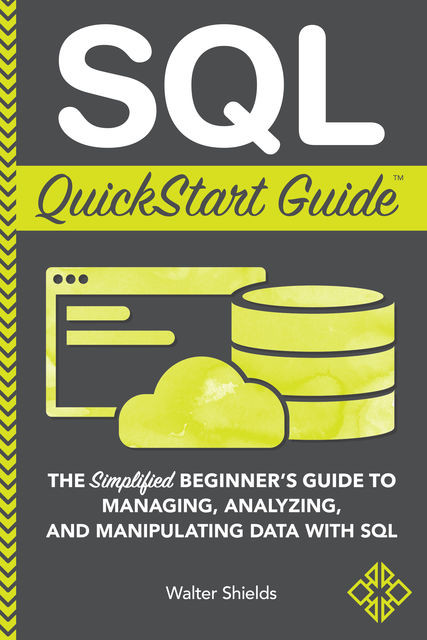
Read in our apps:
iOS
·Android
SQL QuickStart Guide
- Marija Stojanovićhas quoted3 years agoSELECT
*
FROM
invoices
INNER JOIN
customers
ON
invoices.CustomerId = customers.CustomerId - Marija Stojanovićhas quoted3 years agojoins allow us to access fields from different tables.
- Marija Stojanovićhas quoted3 years agoices with customer names.
A JOIN clause merging both of these tables together would look like this:
SELECT
*
FROM
invoices
INNER JOIN
customers
ON
invoices.CustomerId = customers.CustomerId - Marija Stojanovićhas quoted3 years agoWhen querying with dates, use the same operators used when querying with numbers: =, >, <, BETWEEN, etc.
- Marija Stojanovićhas quoted3 years agoWhen querying for dates, it is important to first take a look at how the date is stored in the table you are querying
- Marija Stojanovićhas quoted3 years agoWHERE
InvoiceDate = '2009-01-03 00:00:00' - Marija Stojanovićhas quoted3 years agoWHERE
BillingCity NOT LIKE '%T%'
ORDER BY
Total - Marija Stojanovićhas quoted3 years agoWHERE
BillingCity LIKE '%T%'
ORDER BY
Total - Marija Stojanovićhas quoted3 years agoSELECT InvoiceDate, BillingAddress, BillingCity, Total FROM invoices WHERE BillingCity LIKE 'T%' ORDER BY Total
Počinje sa T -like'T%'
- Marija Stojanovićhas quoted3 years agoWildcard characters will always be enclosed in single quotation marks. Without quotation marks, % is an arithmetic operator known as modulo,
fb2epub
Drag & drop your files
(not more than 5 at once)

